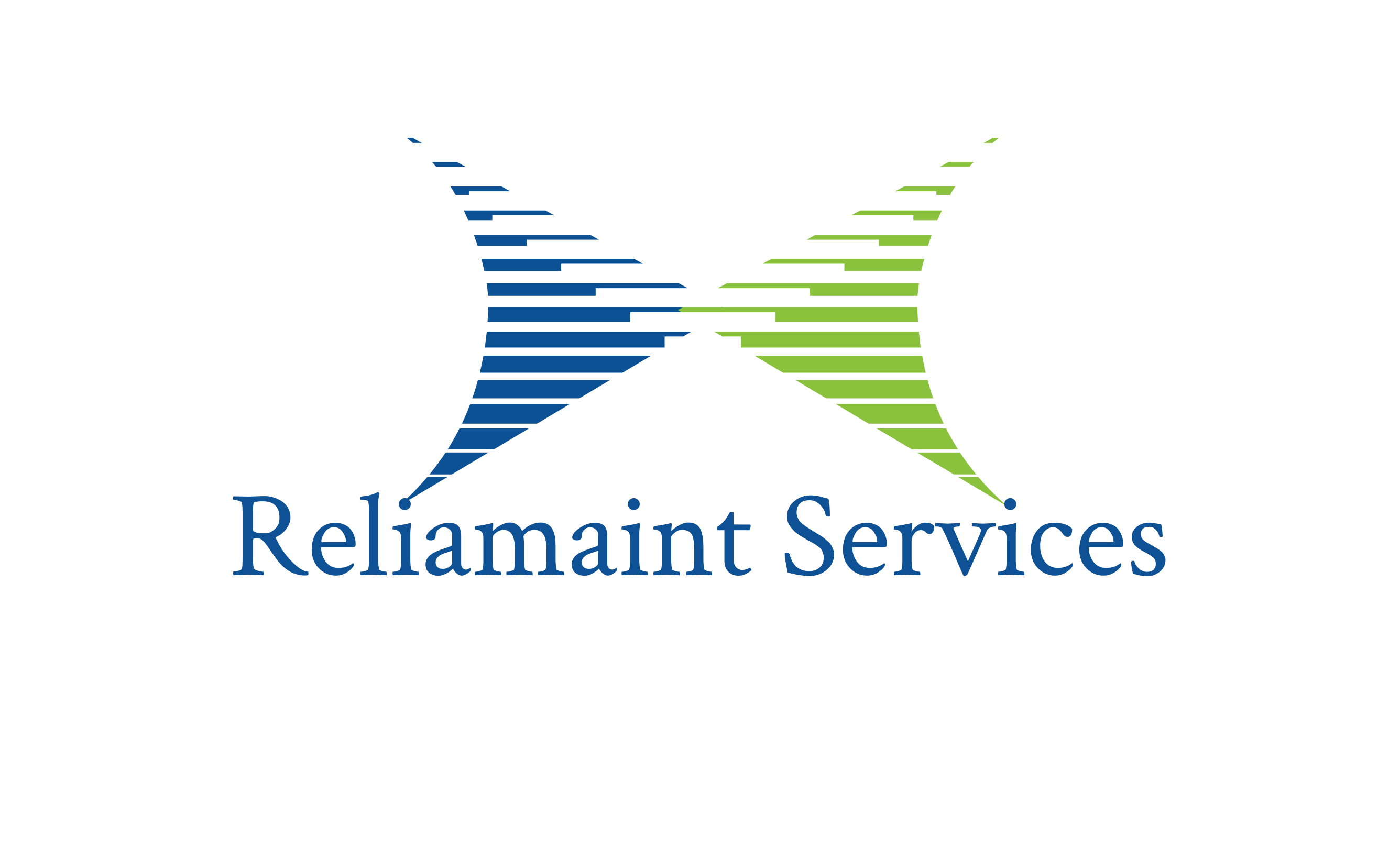Management
What is CMMS and CMMS Functions
- 29 Jan. 2025
- 05 min read
What is CMMS and CMMS Functions
A CMMS is a specialized software solution designed to optimize the management and maintenance of an organization's physical assets. These assets can include machinery, equipment, vehicles, infrastructure, and facilities. The primary goals of a CMMS are to enhance the efficiency and effectiveness of maintenance operations, reduce downtime, and extend the lifespan of assets.
Objectives Served by a CMMS
1. Asset Management
Asset Database: CMMS maintains a comprehensive database of all physical assets, capturing details such as make, model, serial numbers, location, installation date, maintenance history, and technical specifications.
Tracking and Monitoring: Provides real-time tracking of asset conditions and performance, allowing for timely interventions and better resource allocation.
2. Maintenance Scheduling
Preventive Maintenance: Facilitates the planning and scheduling of routine preventive maintenance tasks based on usage, time intervals, or condition monitoring to prevent unexpected failures.
Predictive Maintenance: Uses data analytics and condition-monitoring tools to predict when maintenance should be performed, further reducing downtime and costs.
3. Work Order Management
Creation and Assignment: Enables the creation, assignment, and tracking of maintenance work orders, ensuring that tasks are completed efficiently and on time.
Tracking and Reporting: Keeps detailed records of work order status, labor, materials used, and time spent, providing transparency and accountability.
4. Inventory Management
Spare Parts Management: Tracks inventory levels of spare parts and supplies, ensuring that necessary items are available when needed and reducing the risk of stockouts or overstocking.
Automated Reordering: Generates alerts or automatically reorders parts when inventory levels fall below predefined thresholds.
5. Compliance and Reporting
Regulatory Compliance: Helps organizations comply with industry standards and regulations by maintaining accurate records of maintenance activities, inspections, and repairs.
Reporting and Analytics: Generates detailed reports and analytics on maintenance performance, costs, asset reliability, and more, supporting data-driven decision-making.
Why CMMS is Essential for Businesses Dependent on Physical Asset Management
Reliability:
Operational Continuity: For businesses that rely heavily on physical assets, maintaining operational continuity is critical. CMMS ensures that equipment is maintained properly and operates reliably, minimizing unexpected breakdowns.
Cost Control:
Reduction in Unplanned Downtime: Unplanned downtime can be extremely costly. CMMS helps prevent unexpected equipment failures by enabling proactive maintenance, thereby reducing repair costs and loss of productivity.
Optimized Maintenance Spending: By scheduling maintenance tasks effectively, CMMS helps control and optimize maintenance budgets, avoiding unnecessary expenditures.
Efficiency:
Streamlined Processes: Automates and streamlines maintenance processes, reducing the need for manual intervention and minimizing errors. This allows maintenance teams to work more efficiently and focus on high-priority tasks.
Improved Resource Allocation: Ensures that maintenance resources, including labor and materials, are used efficiently, enhancing overall productivity.
Asset Longevity:
Extended Lifespan: Regular and well-documented maintenance activities extend the life of assets, providing a better return on investment and delaying the need for costly replacements.
Optimized Performance: Ensures that assets perform at their optimal levels, enhancing operational efficiency and output quality.
Data-Driven Decisions:
Insightful Analytics: The data collected by a CMMS provides insights into asset performance, maintenance needs, and operational efficiency. This supports strategic planning, investment decisions, and continuous improvement initiatives.
Historical Data: Access to historical maintenance data helps identify trends, predict future maintenance needs, and make informed decisions about asset management and procurement.
In summary: A CMMS is indispensable for businesses that depend on physical assets because it enhances maintenance efficiency, reduces costs, improves asset reliability, and provides valuable insights for better asset management. By implementing a CMMS, organizations can ensure their physical assets are well-maintained, operational, and contributing to the overall success and profitability of the business.
About ReliaMaint
Stay tuned to for insights on asset reliability and maintenance management..

Neeraj Kumar
CEO & Co-Founder
Recent Posts
Planning and Scheduling in Equipment Maintenance.
What CEOs Need to Know About Physical Asset Management.
CMMS.. a catalyst for reliability culture
How Data Driven Process of Reliability and Maintenance can enhance Asset Performance.
Categories
Tags
Newsletter
Contact us
Contact us to Know more on these Topics.
Send